With stunning seaside views, majestic castles, enchanting caves, and the city itself, Trieste—located in the northeastern corner of Italy—may be a bit off the beaten path, but it’s definitely worth a visit. Here are several compelling reasons to explore this unique destination.
This vibrant city, perched on the Adriatic coast at the border between Italy and Slovenia, challenges the stereotype of a singular “Italian” culture. Its rich tapestry of languages and ethnic backgrounds has developed over centuries, shaped by a series of invaders and rulers that began with the ancient Romans. After World War I, Trieste was annexed by Italy from the former Austro-Hungarian Empire.
Once a center for intellectual thought, the city’s cultural richness faced significant challenges during the Fascist regime. Trieste experienced a drastic decline in both its Slovene and Jewish populations, due to emigration and forced deportations. A somber reminder of this dark period can be found at the “Risiera di San Sabba,” the only concentration camp with a crematorium on Italian soil located just outside the city.
Historically, Trieste was one of Europe’s most significant commercial port cities until the end of World War I. Today, it remains a lively and cosmopolitan hub, even as wealth and population have declined. The city’s multicultural demographic includes Slavic, Serbian, and Friulian residents, with nearly a third of its inhabitants identifying as non-Italian, making it one of Italy’s most intriguing cities.
Off the typical tourist trail, Trieste offers a rare opportunity to experience an Italian city that hasn’t been overwhelmed by crowding in the summer months. While there are certainly attractions to see, much of the city’s charm lies in leisurely exploration at your own pace, including visits to historic coffee shops—Trieste has long been one of the Mediterranean’s main coffee trading and roasting ports!
For those seeking some guidance during their visit, here are a few highlights to consider:
The Passeggiata Rilke
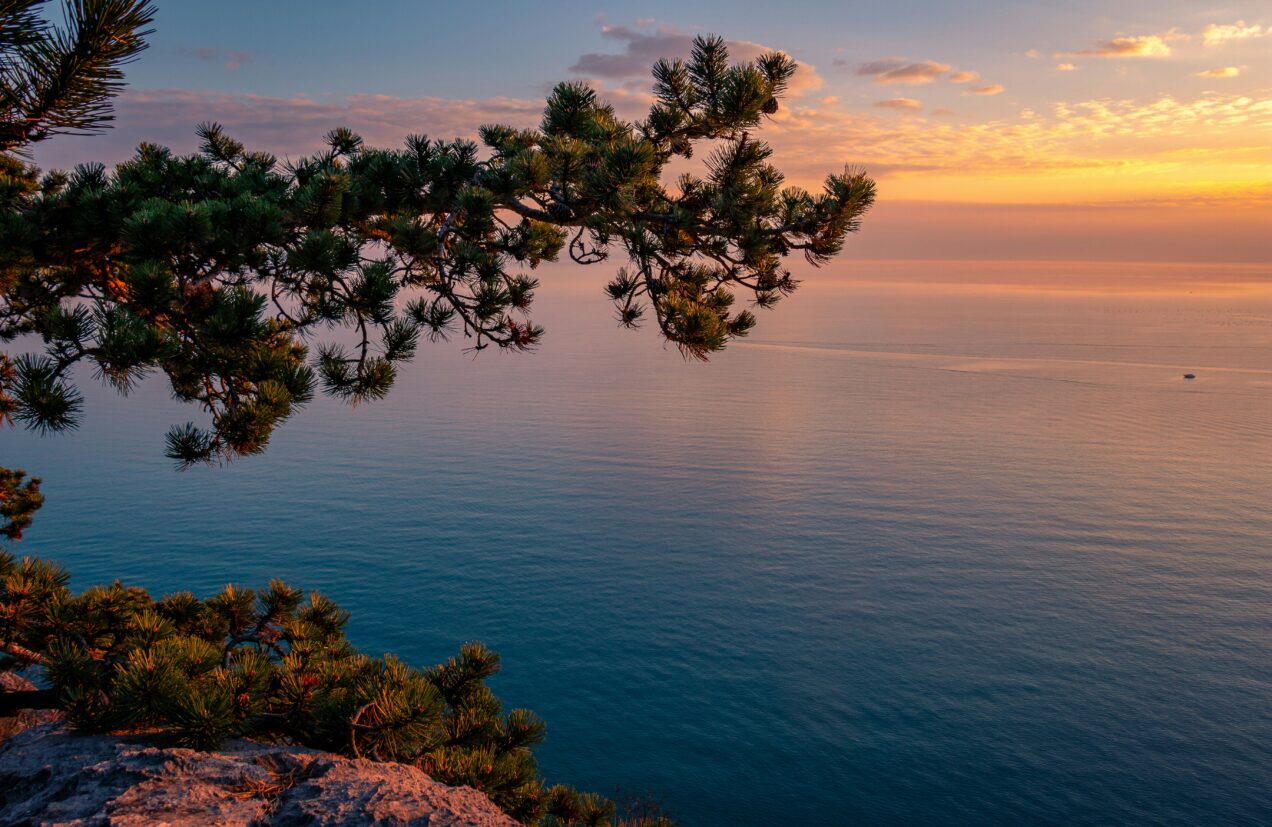
The Passeggiata Rilke is arguably one of Italy’s most beautiful walks. This cliffside path offers breathtaking views of Sistiana Bay. Just over a mile long (approximately 1.7 km), the trail begins at the tourist office in Sistiana and concludes at Duino Castle, known for the legend of a cruel husband who cast his wife from the cliff. The gods transformed her into stone before she could hit the water, and today her figure can be seen in the form of a veiled lady.
Miramare Castle
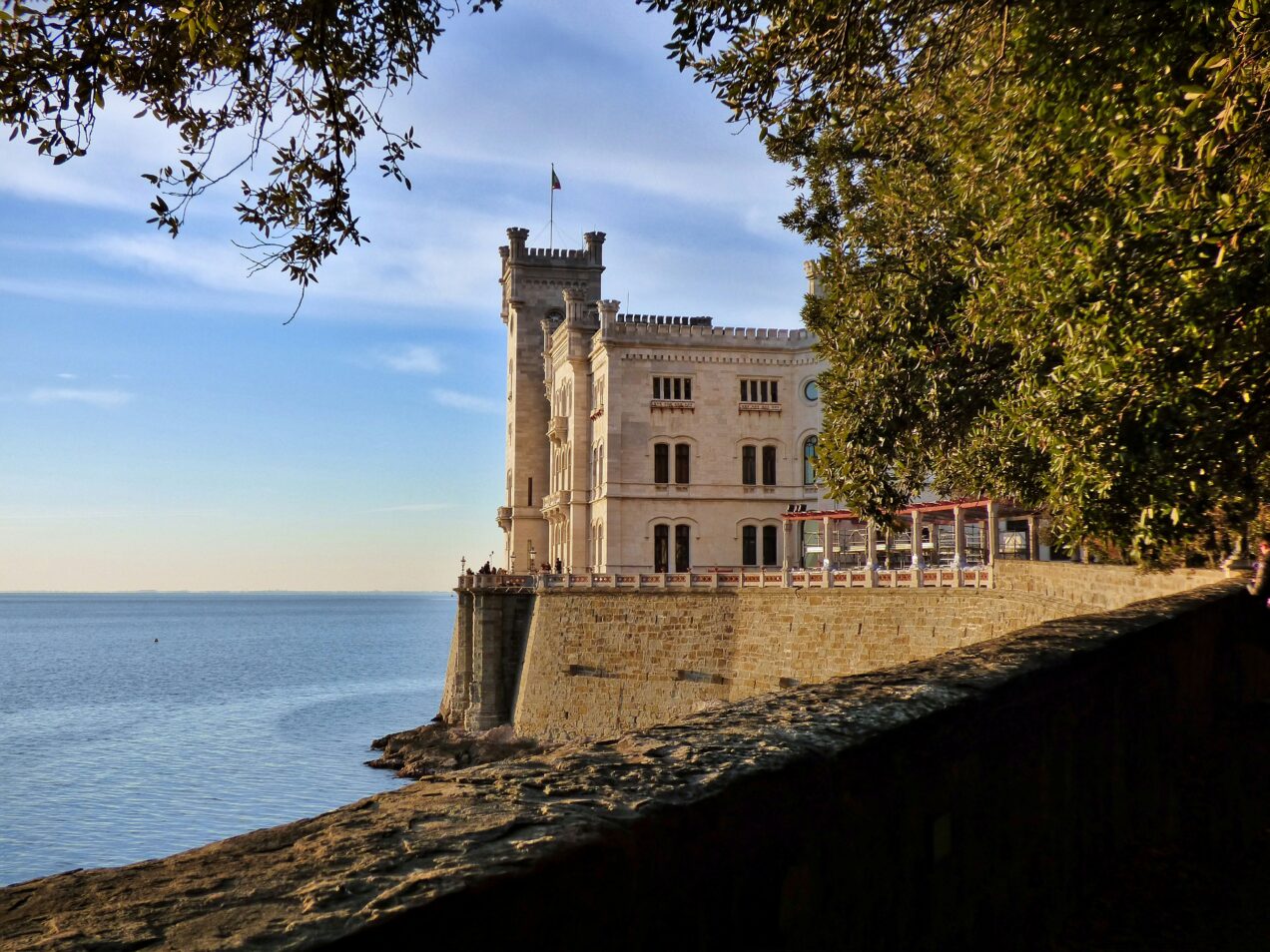
Miramare Castle and its expansive gardens were constructed for the Austrian Habsburgs just 150 years ago, making it relatively new by Italian standards. Designed by Austrian architect Carl Junker, this private castle is distinct from others in Italy and ranks among the top attractions in Trieste. Its white stone towers showcase a blend of Gothic, Medieval, and Austrian architectural styles, once home to Archduke Ferdinand Maximilian of Austria (later Emperor Maximilian of Mexico) and his wife, Charlotte of Belgium. Today, visitors can tour its meticulously preserved rooms filled with original decor, tapestries, and furniture. Surrounding Miramare Park, which overlooks the Adriatic Sea, is a stunning area filled with exotic plants, sculptures, ponds, and fountains.
The Historic Center
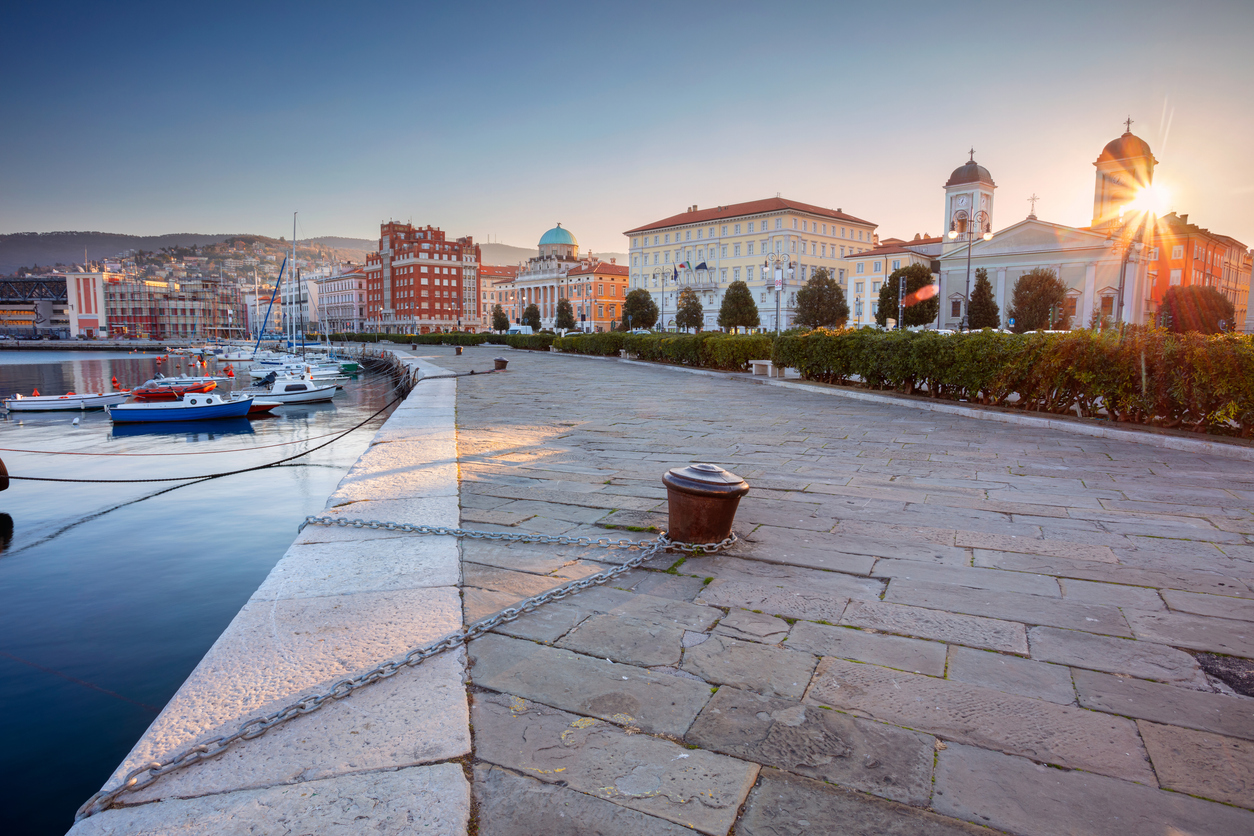
As you stroll through the historic center, the influence of various cultures is unmistakable. Roman ruins, like the Arch of Riccardo, coexist with elegant Viennese palaces. In this compact area, you’ll find the Catholic San Giusto Cathedral, the Serbian Orthodox San Spiridione Church, and one of Europe’s largest Jewish synagogues—all within just a few blocks. You could easily spend half a day exploring this charming city on foot, visiting notable sites like the Roman Theater and enjoying a walk along the waterfront and large pier. Be sure to call by the grand Piazza Unita’ d’Italia, and consider shopping in the Borgo Teresiano or Chinatown areas.
Grotta Gigante
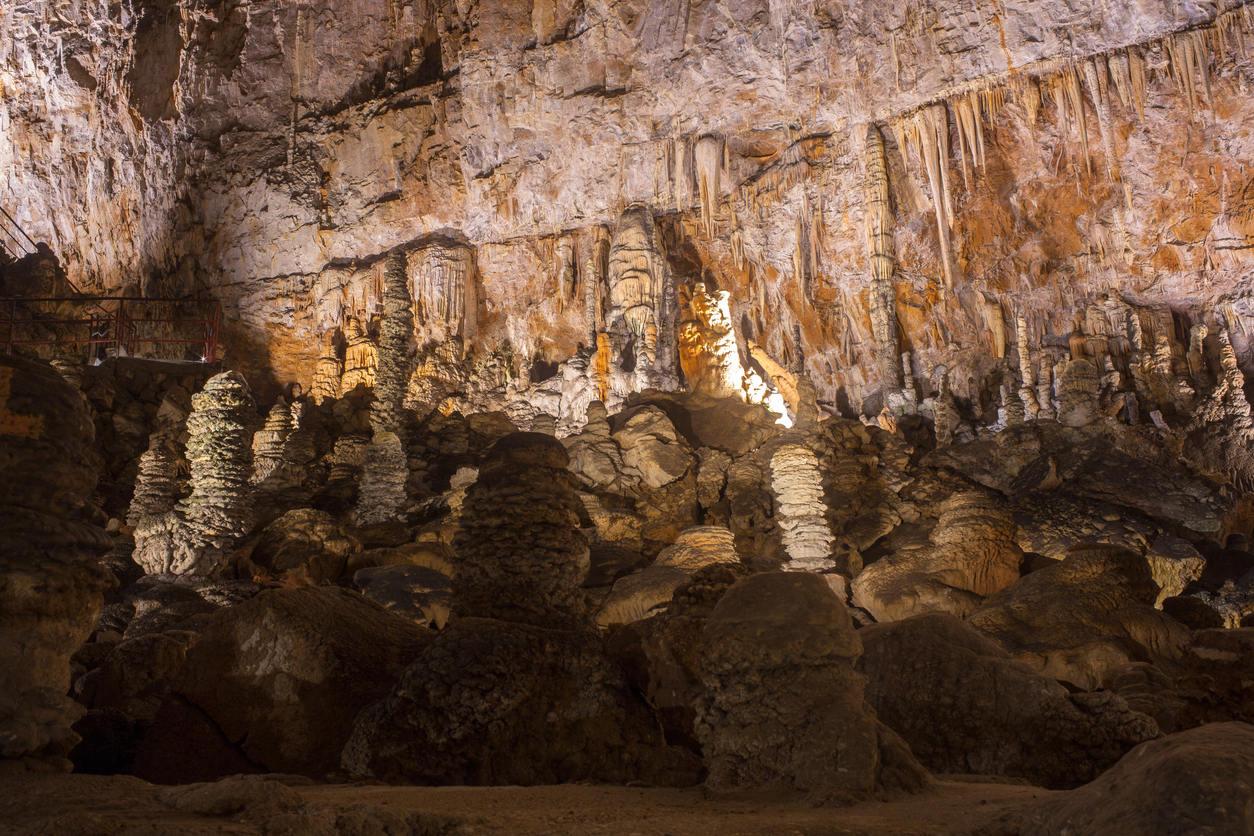
Grotta Gigante (Giant Cave) is the world’s largest tourist cave, spacious enough to accommodate St. Peter’s Basilica inside it. Plan to spend about an hour exploring, and if you’re particularly interested in caves, consider visiting the nearby Museum of Speleology.
Day Trips
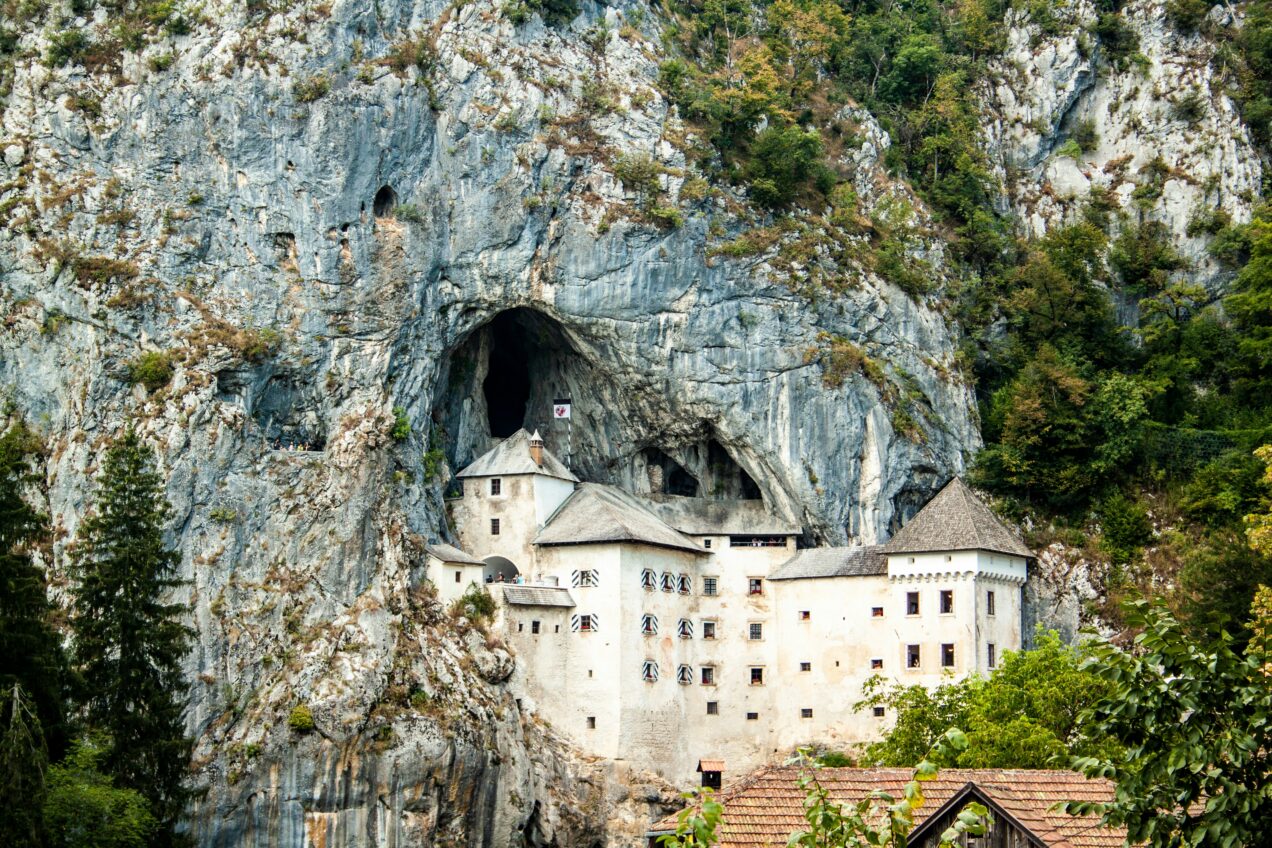
Trieste’s location also makes it an ideal base for day trips to neighboring countries such as Austria, Slovenia, and Croatia. For instance, in under an hour, you can visit the stunning Predjamski Castle in Slovenia, while other attractions like Postojna Cave, Lake Bled, and Ljubljana are all quite accessible for a day trip.



